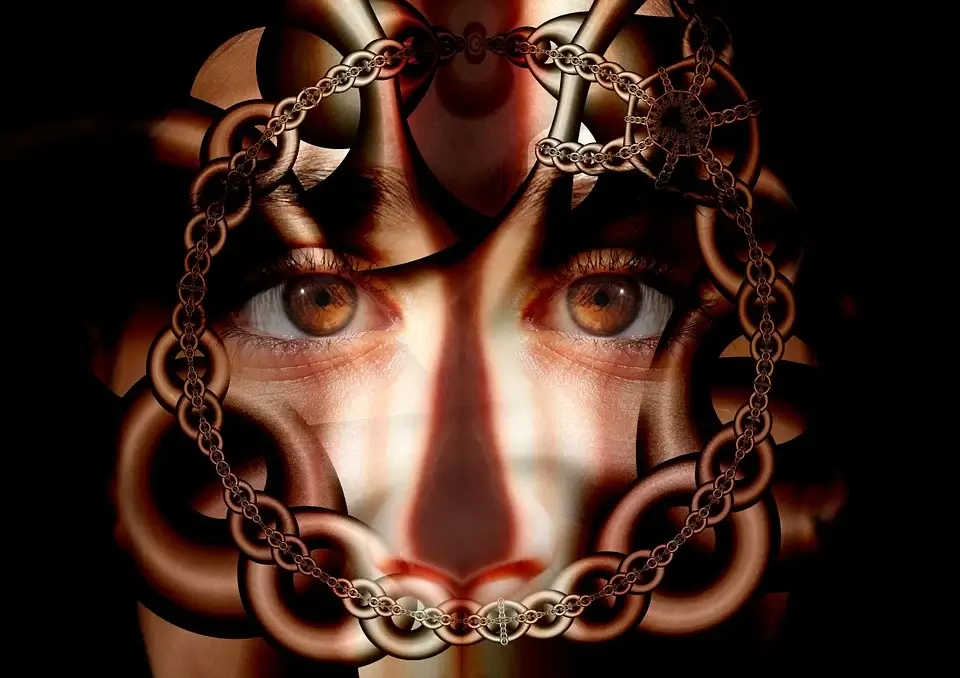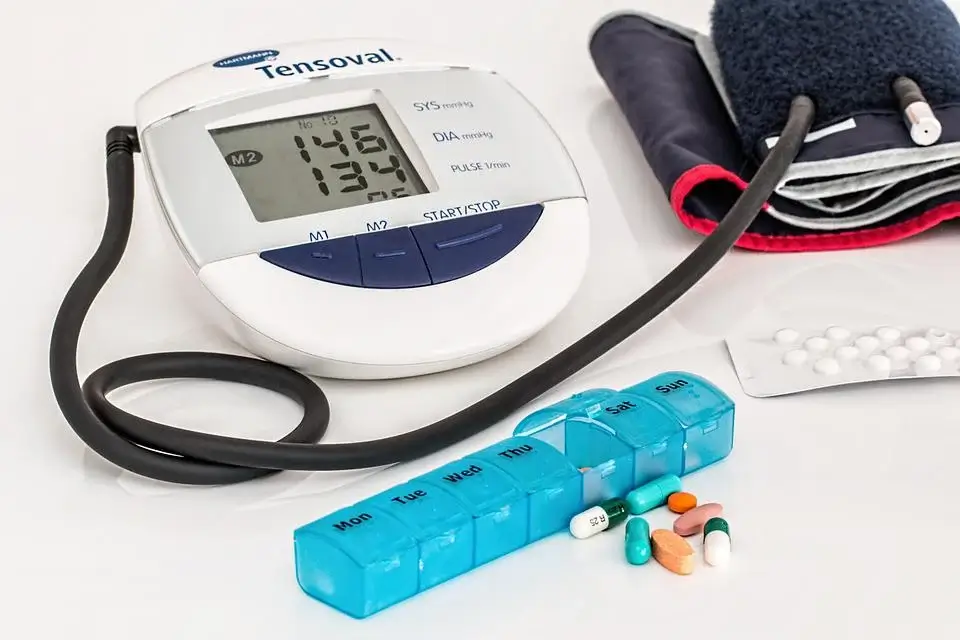Chronic pain is a major problem in the world. According to the Centers for Disease Control and Prevention, it affects more than 100 million people in America. Chronic pain can be a debilitating condition that limits your life in many ways. The causes of chronic pain are varied and complex, but there are certain factors that seem to be associated with it the most. Here’s what you need to know about the five main causes of chronic pain:
What is chronic pain?
Chronic pain is a long-term health condition that can last for weeks, months, or years. It’s often caused by inflammatory conditions or injuries in the body. It’s common for people to have a flare up of chronic pain for a time and then go back to being pain-free. However, some people experience chronic pain all of their lives.
Some symptoms of chronic pain include numbness, tingling, and burning sensations. Other symptoms may include headaches, muscle stiffness or tightness, fatigue, dizziness and balance problems. Some people with chronic pain may also experience depression and anxiety as well as changes in appetite and sleep patterns.
The four causes of chronic pain
1. Musculoskeletal System
The structure of your body is made up of muscles, ligaments, tendons and bones. If there is an injury to any of these parts, it can cause pain in the area. For example, if you tear a muscle or strain a back muscle, there may be chronic pain.
2. Neurological System
There are various neurological conditions that can cause chronic pain, such as head injuries, brain tumors or stroke. These conditions typically stem from damage to the central nervous system and nerve pathways that control movement and feeling in the body.
3. Nervous System
Nervous system disorders such as multiple sclerosis, Parkinson’s disease or stroke can cause chronic pain as well as other symptoms like vision loss or paralysis. Excessive nerve signaling causes nerves to become overactive which can lead to swelling and inflammation in the brain and spinal cord. This causes physical pain and other symptoms like numbness or tingling sensations that develop into chronic pain.
4. Immune System
If your immune system is compromised because of certain illnesses like cancer treatments or HIV/AIDS then it could also result in an increased risk for developing chronic pain conditions later on in life. Chronic diseases such as arthritis are also associated with chronic widespread pain that responds well to treatment with cortisone injections (steroids). The effects of stress can also be linked with chronic widespread pain that has no identifiable cause but is still responsive to treatment with antidepressants and
The connection between chronic pain and depression
Depression and chronic pain are often linked together. According to the American Academy of Neurology, people who have depression and other mood disorders are three times more likely to experience chronic pain than those that don’t.
In particular, depression is linked with neuropathic pain, which is chronic pain that stems from nerve damage. It can be difficult to tell the difference between neuropathic pain and other types of chronic pain, but if you feel that your chronic pain may be stemming from depression or another mood disorder, it’s important to seek help as soon as possible.
The connection between chronic pain and mental disorders
Chronic pain commonly is caused by physical or mental disorders. The most common mental disorders associated with chronic pain are depression and anxiety. Chronic pain can lead to mood disorders such as depression, which can lead to a physical condition called chronic low back pain.
The National Institutes of Health found that people with a mental disorder were twice as likely to get chronic low back pain than people without a mental disorder. Both physical and mental health issues can contribute to the development of chronic pain.
The connection between chronic pain and substance abuse
One of the more prominent causes of chronic pain is substance abuse. The connection between drug and alcohol addiction and chronic pain is well established. According to a study by the American Pain Society, about 40 percent of people with chronic pain also have a substance use disorder. Beyond substance abuse, there are other drugs that seem to play a role in the development or progression of chronic pain. Here are some examples:
– Opioids like oxycodone, hydrocodone, morphine, fentanyl, codeine
– Antidepressants like fluoxetine (Prozac), sertraline (Zoloft), and paroxetine (Paxil)
– Benzodiazepines like alprazolam (Xanax), lorazepam (Ativan)
Thanks for connecting, My Trendysoul.com wishes you health, wealth & Prosperity.












